The Wisdom on Our Plates
When we think of “superfoods” today, like chia seeds, quinoa, olive oil, and turmeric, it feels like a modern wellness trend. But the truth is, these foods are far from new. They’ve been fueling human vitality for thousands of years. Ancient civilizations, without nutrition labels or supplements, discovered through observation, tradition, and faith that what we eat shapes how long and how well we live.
Food wasn’t just fuel. It was medicine, ritual, culture, and spirituality. It sustained warriors, nurtured mothers, healed the sick, and preserved communities. And in their simplicity, our ancestors created dietary patterns that modern science now confirms promote longevity: whole, seasonal foods; plant-heavy meals; fermented staples; and herbs that support immunity and vitality.
This post explores what ancient civilizations ate to thrive and how you can bring their timeless wisdom into your modern kitchen.
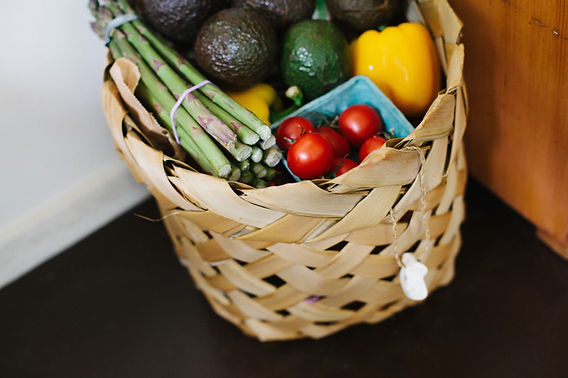
Ancient Egypt: Bread, Honey, and Healing Herbs
The Egyptians were among the first civilizations to see food as both nourishment and medicine. Their diet was rooted in the bounty of the Nile River valley.
Staples of Egyptian Longevity:
- Barley and Emmer Wheat → used for bread and beer, fueling workers and priests alike.
- Fruits and Dates → high in natural sugars for energy and fiber.
- Onions and garlic are prized not only for flavor but also believed to protect against disease.
- Honey is revered as both food and sacred medicine, used for wound healing and immunity.

Why It Worked:
- Barley and wheat were rich in complex carbs and fiber.
- Onions and garlic are powerful anti-inflammatories.
- Honey contains antioxidants and antibacterial properties.
Modern Application: Swap processed sugar for raw honey, enjoy whole-grain bread, and use garlic and onion daily for immune support.
Ancient Greece: The Original Mediterranean Diet
Greek philosophers and physicians like Hippocrates proclaimed, “Let food be thy medicine and medicine be thy food.” The Greek diet is essentially the early version of what researchers now call the Mediterranean diet, which is now one of the most studied and proven longevity diets today.
Staples of Greek Longevity:
- Olive Oil → liquid gold, rich in healthy fats.
- Fish → a key source of protein and omega-3s.
- Legumes and Lentils → hearty, fiber-rich meals.
- Fresh Fruits and Vegetables → figs, grapes, leafy greens.
- Wine (in moderation) → used ritually and socially.

Why It Worked:
- Balanced macronutrients with healthy fats and lean proteins.
- Antioxidant-rich fruits and vegetables supported cellular health.
- Legumes supported gut and heart health.
Modern Application: Use extra virgin olive oil daily, add lentils to soups or salads, and eat fresh seasonal fruits.
Rome: Power Foods of Gladiators and Citizens
The Roman Empire fed both ordinary citizens and warriors. Gladiators, known as “hordearii” or “barley men,” weren’t fueled by meat-heavy diets but by plants.
Staples of Roman Longevity:
- Barley and Beans → gladiator staples for sustained strength.
- Cheese and Yogurt → early dairy products with probiotics.
- Fruit and Nuts → figs, walnuts, chestnuts.
- Olive Oil and Wine → daily essentials for cooking and community.
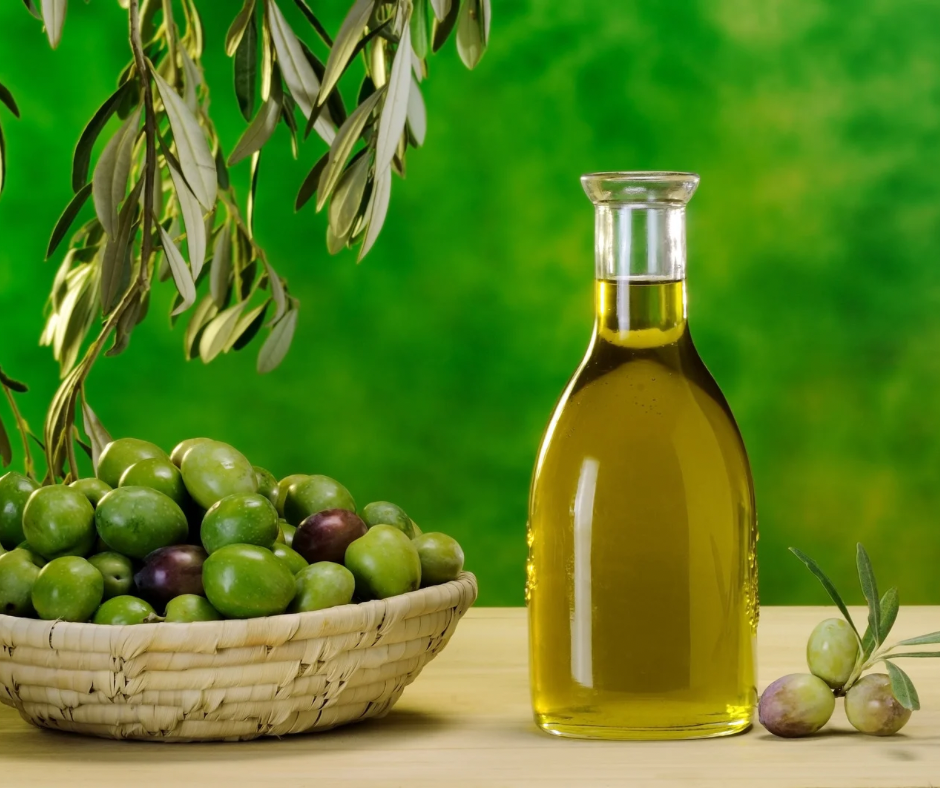
Why It Worked:
- High fiber from grains and legumes supported digestion.
- Probiotic-rich dairy strengthened gut health.
- Nuts provided healthy fats for brain and heart.
Modern Application: Embrace beans as a protein staple, snack on nuts, and add fermented dairy like yogurt or kefir.
Traditional Chinese Wisdom: Balance and Energy
In China, food was never separate from medicine. The goal wasn’t indulgence but balance, nourishing the body’s vital energy.
Staples of Chinese Longevity:
- Rice → foundation of meals.
- Vegetables and Herbs → bok choy, mushrooms, ginger.
- Teas → green tea, chrysanthemum, ginseng infusions.
- Fermented Soy Foods → miso, soy sauce, pickled vegetables.

Why It Worked:
- High vegetable intake supplied antioxidants.
- Teas supported digestion, energy, and calm focus.
- Fermentation enhanced gut microbiome diversity.
Modern Application: Sip green tea daily, add mushrooms and ginger to meals, and try fermented foods for gut health.
Ancient India & Ayurveda: Sacred Nourishment
In India, food was (and still is) tied to Ayurveda, a system that viewed eating as both a spiritual and physical act. Meals were built around balance, digestion, and vitality.
Staples of Indian Longevity:
- Spices → turmeric, ginger, cardamom, black pepper.
- Rice and Lentils → complete proteins when eaten together.
- Ghee → clarified butter that nourished digestion and strength.
- Fruits → mangoes, bananas, pomegranates.
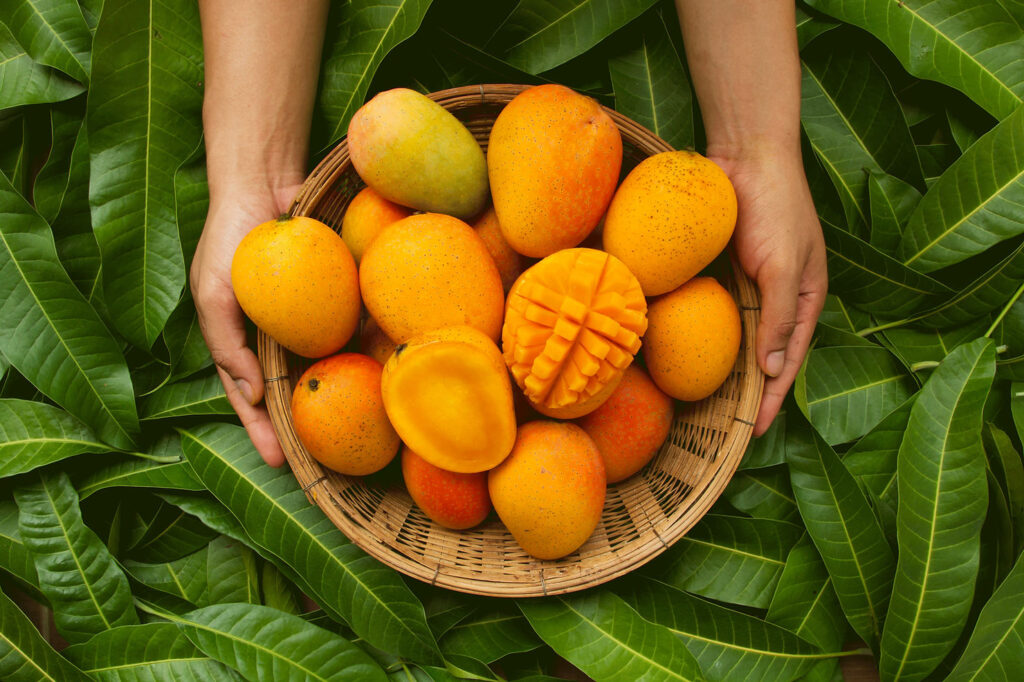
Why It Worked:
- Anti-inflammatory spices boosted immunity.
- Balanced plant proteins sustained strength.
- Healthy fats from ghee supported hormones and absorption of nutrients.
Modern Application: Add turmeric to soups or teas, cook with ghee, and enjoy lentils for fiber and protein.
The Americas: Mayan, Aztec & Inca Superfoods
Long before modern “superfood” marketing, the civilizations of the Americas thrived on nutrient-dense staples.
Staples of American Longevity:
- Corn, Beans, Squash → the “Three Sisters,” providing balanced nutrition.
- Chia Seeds → Aztec warriors used them for endurance.
- Cacao → consumed as a bitter, antioxidant-rich drink.
- Quinoa & Amaranth → high-protein grains of the Incas.
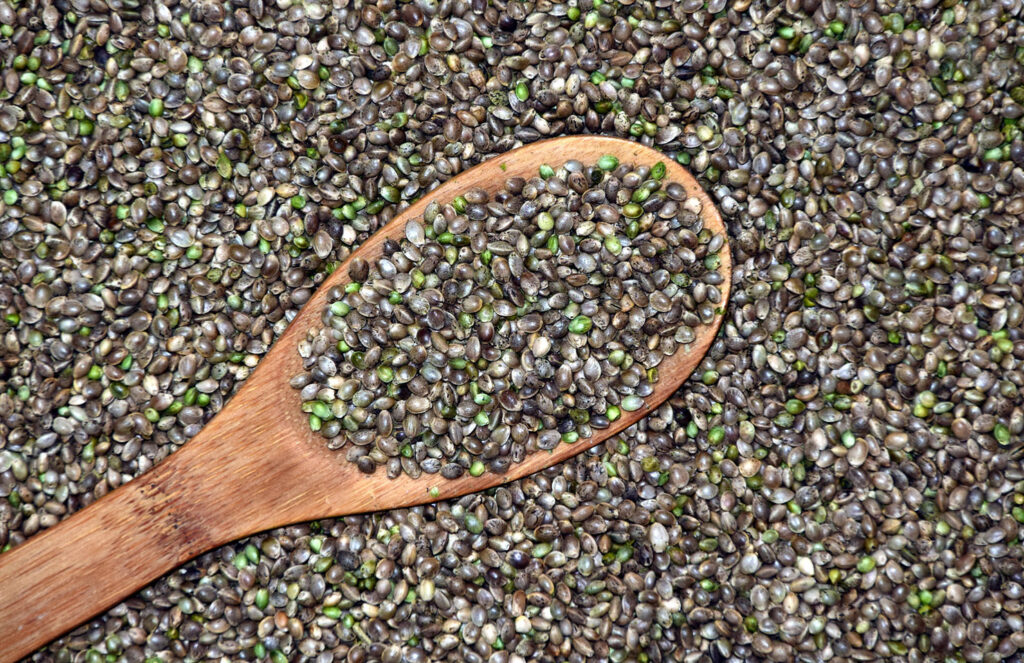
Why It Worked:
- Chia and quinoa are complete proteins with omega-3s.
- Cacao is packed with flavonoids for heart health.
- Corn and beans created balanced amino acids.
Modern Application: Add chia seeds to smoothies, enjoy dark cacao (85%+), and use quinoa as a grain base.
Biblical & Middle Eastern Diets
The Bible itself describes a land of abundance, “a land with wheat and barley, vines and fig trees, pomegranates, olive oil, and honey” (Deuteronomy 8:8). These staples still form the foundation of a biblical-inspired diet.
Staples of Biblical Longevity:
- Wheat and Barley → staple grains.
- Figs, Pomegranates, Grapes → rich in natural sugars and antioxidants.
- Fish and Bread → common, nourishing meals.
- Olive Oil and Honey → sacred and practical staples.

Why It Worked:
- Nutrient-rich whole foods provided balance.
- Polyphenols in pomegranates and grapes promoted heart health.
- Olive oil nourished the body inside and out.
Modern Application: Incorporate figs or dates into snacks, use pomegranate juice or seeds in salads, and cook with olive oil.
Africa’s Ancient Foods for Vitality
Africa’s food history is rich in nutrient-dense staples that supported both everyday life and longevity.
Staples of African Longevity:
- Sorghum, Millet, and Teff → resilient grains full of minerals and fiber.
- Leafy Greens and Okra → high in micronutrients.
- Baobab Fruit → “Tree of Life” rich in vitamin C and antioxidants.
- Moringa → a nutrient powerhouse (iron, calcium, protein).
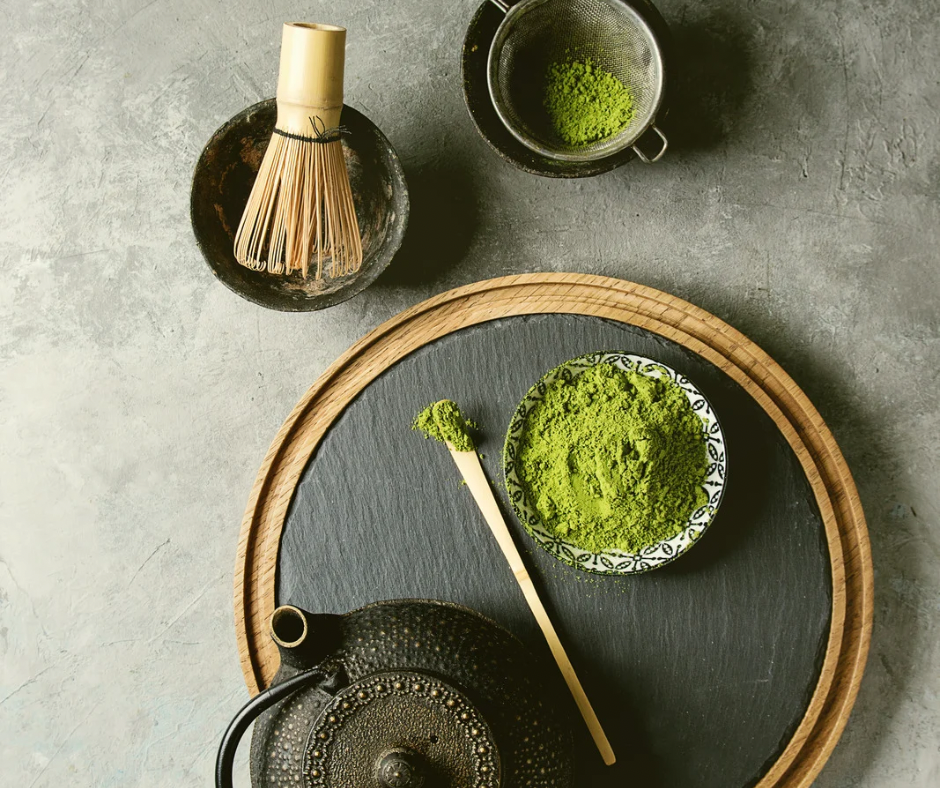
Why It Worked:
- Ancient grains sustained energy and gut health.
- Superfoods like baobab and moringa provided concentrated nutrition.
- Fermented foods supported digestion and resilience.
Modern Application: Try teff bread or porridge, add moringa powder to smoothies, and explore sorghum or millet recipes.
Common Threads of Ancient Longevity Foods
Despite differences in geography and culture, the diets of long-living civilizations share timeless wisdom:
- Whole, Seasonal, Local → no refined sugar or processed junk.
- Plant-Heavy → fruits, vegetables, grains, legumes as staples.
- Fermented Foods → supporting gut and immune health.
- Healthy Fats → olive oil, nuts, seeds, ghee.
- Healing Herbs & Spices → natural medicine in everyday meals.
Modern nutrition science confirms these patterns protect against chronic disease, support healthy aging, and boost vitality.
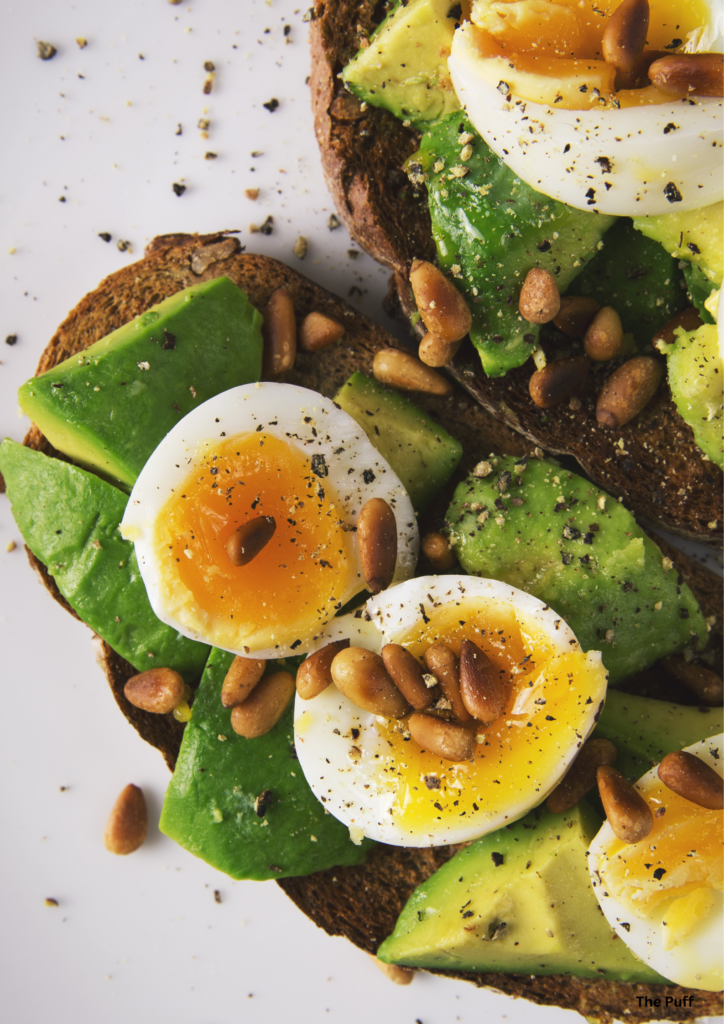
Bringing Ancient Foods Into Modern Life
So how can you eat like your ancestors without giving up modern convenience?
Grocery List of Ancient Longevity Foods:
- Grains: barley, millet, quinoa, sorghum, rice.
- Proteins: lentils, beans, fish, fermented dairy.
- Fats: olive oil, nuts, ghee, seeds.
- Produce: figs, grapes, pomegranates, leafy greens, mushrooms.
- Herbs & Spices: turmeric, garlic, ginger, cinnamon.
- Extras: raw honey, miso, cacao, green tea.

Sample One-Day Ancient-Inspired Meal Plan:
- Breakfast: Millet porridge with figs and honey.
- Lunch: Lentil stew with olive oil, garlic, and leafy greens.
- Snack: Chia pudding with nuts.
- Dinner: Grilled fish with quinoa and roasted vegetables.
- Drink: Green tea or pomegranate juice.
Conclusion: Returning to the Simplicity of Our Ancestors
Our ancestors didn’t count calories or obsess over macros. They ate what the earth gave them, seasonal, whole, and rich in natural nutrients. These foods sustained civilizations, built empires, and created lineages that survived for centuries.
Longevity isn’t about the latest supplement trend. It’s about rediscovering the foods that have always been there: grains that sustain, herbs that heal, fruits that refresh, and oils that nourish.
When we fill our plates with ancient wisdom, we don’t just live longer, we live stronger, with vitality and purpose.
Modern takeaway: You don’t need exotic powders or packaged health foods. Just return to the time-tested staples of ancient civilizations, and you’ll unlock the same energy, resilience, and longevity that sustained our ancestors.
- Longevity Foods: What Ancient Civilizations Ate for Vitality & Strength

- How Seasonal Living Boosts Healthspan: Eating, Moving, and Resting with the Seasons

- Longevity as a Lifestyle: How to Live Longer, Healthier, and More Vibrantly

- The Secret to Longevity: How to Live Longer, Healthier, and Happier

- The Ancient Head-to-Toe Self-Care Ritual for Longer Hair & Glowing Skin (Inspired by Timeless Beauty Traditions)

- Ancient Morning Rituals for Longevity: How to Start Your Day Like Our Ancestors

substack
Leave a Reply